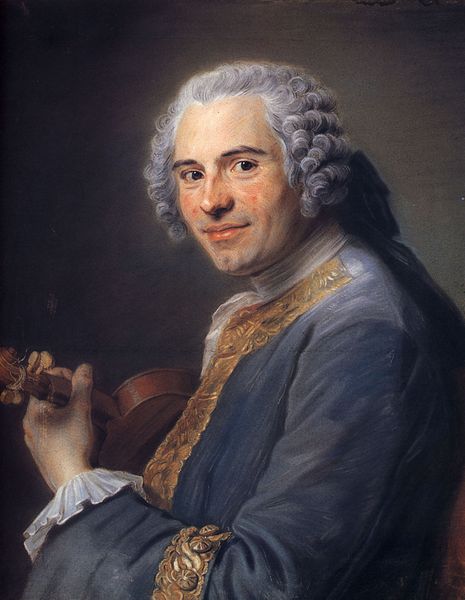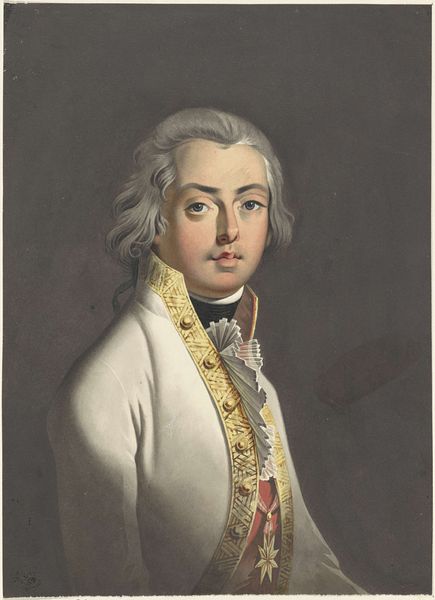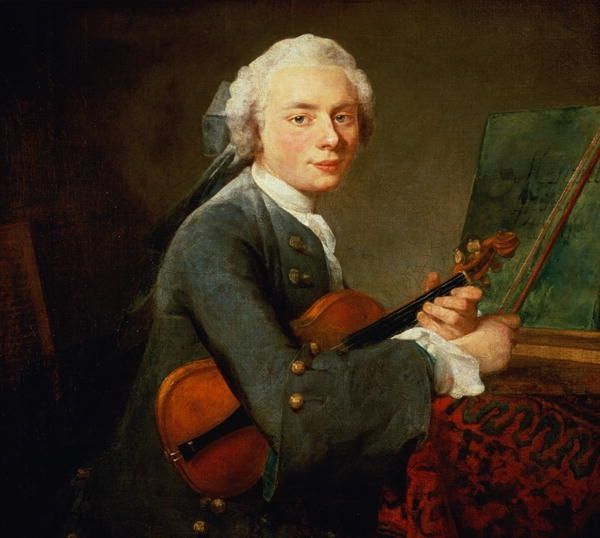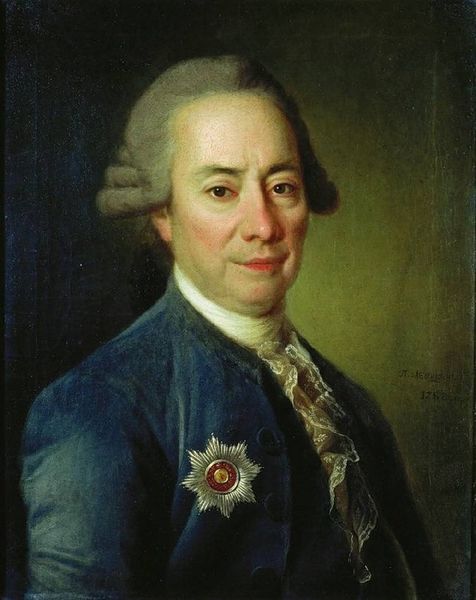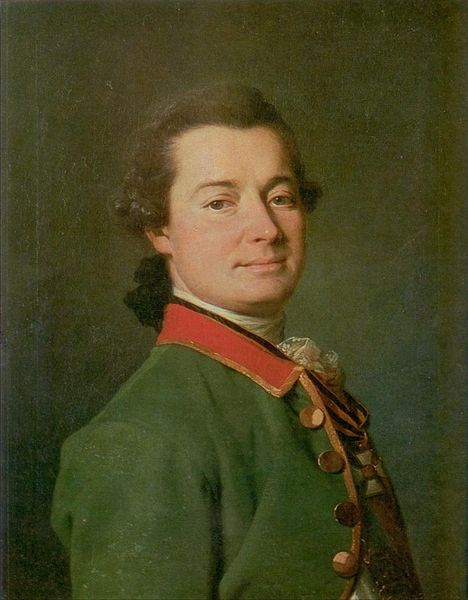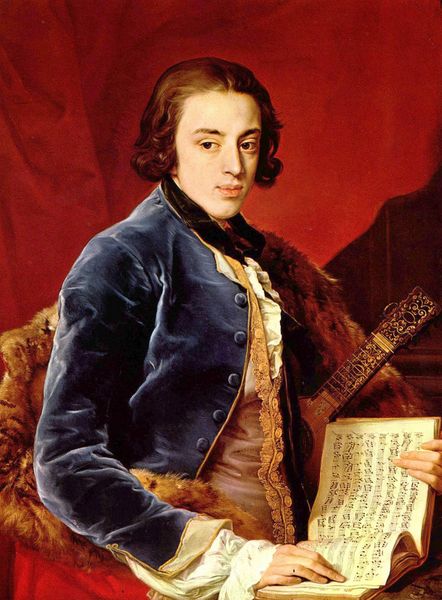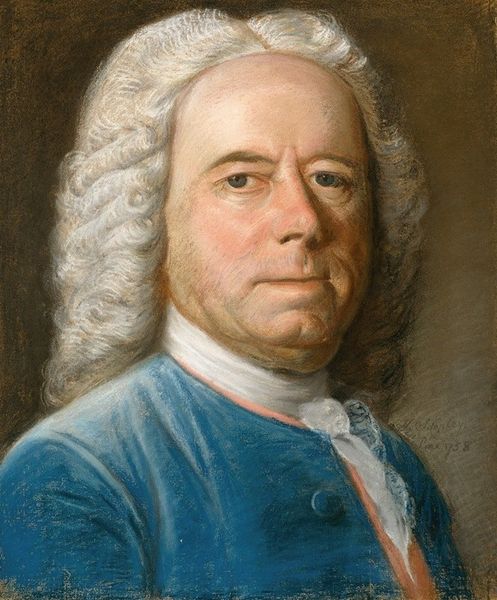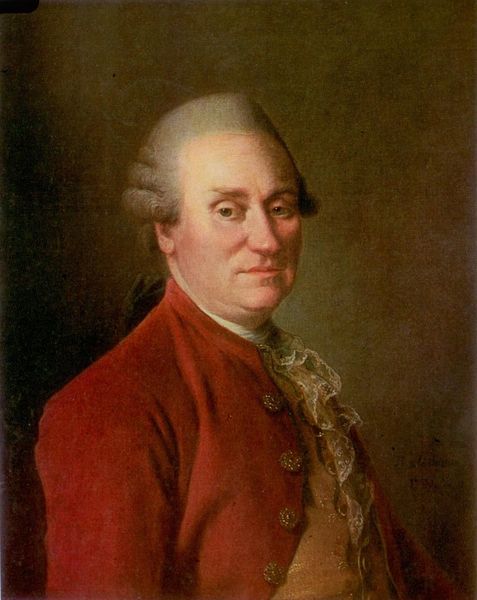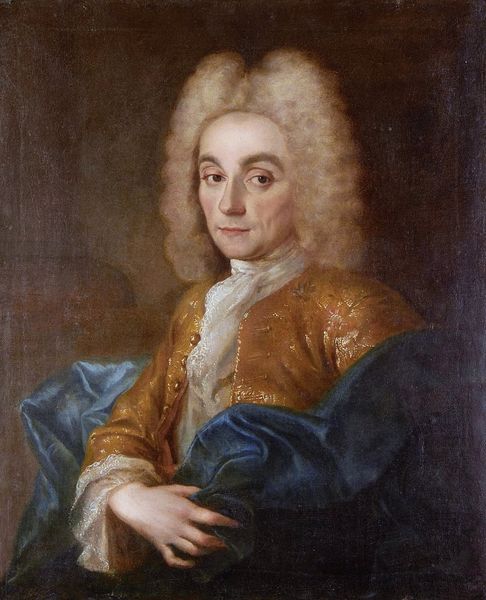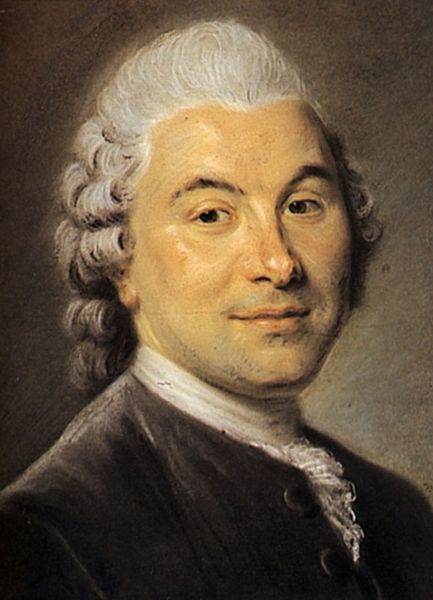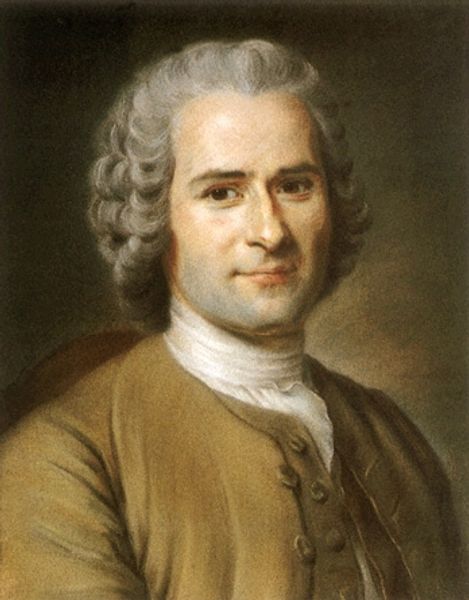
Copyright: Public domain
This is Barbara Krafft’s oil-on-canvas portrait of Wolfgang Amadeus Mozart. It’s a posthumous image made some years after his death. The painting presents us with a rather idealised image of the composer as a gentleman. The red coat and powdered wig mark him out as a man of substance in late 18th- or early 19th-century Europe. But these signifiers also tell us something about the institutions of art. Krafft was commissioned to make this portrait by Joseph Sonnleithner, the secretary of the Theater an der Wien. And we know that the image was based on earlier portraits that were said to be likenesses of Mozart. So, what we have here is an image that conforms to institutional expectations of how a great composer should look. It’s an image born from cultural expectations and a carefully managed public image rather than direct observation. Historical resources, such as letters, diaries, and institutional records, help us to disentangle the complex social conditions that shape the creation and reception of art.
Comments
No comments
Be the first to comment and join the conversation on the ultimate creative platform.
